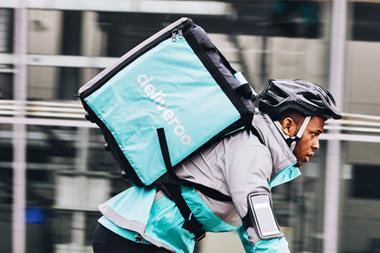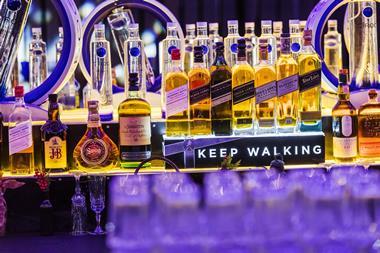Big brands were forced to sacrifice margin in pursuit of sales at Christmas, according to exclusive Nielsen figures for The Grocer.
Diageo and Constellation, big hitters who fared badly in Christmas 2006, atoned with strong showings on key brands. But with volumes accelerating faster than value, Christmas will not have been as profitable as hoped.
Aggressive deals, many kickstarted by Morrisons, resulted in big four discount rivalry. Take-home sales as a whole rose 3.2% in November/December compared with the same period the previous year, broadly in line with inflation.
"Consumers got a fantastic range of offers and there was market-leading pricing in comparison with previous Christmases," says Dan Jago, head of BWS at Tesco.
Category performance was therefore "relatively modest" over the eight weeks, says Gavin Humphreys of Nielsen. "During the last four weeks, the picture was even more sober with four-week value sales up only 2% compared with 2006. Beer had the weakest final four-week push with value flat, compared with spirits up 2% and light wine up 3%. The multiples continued to steal share from all other retailers and in the final four weeks accounted for 74% of total BWS value, 4% up on 2006."
After losing ground last year with its two-for-£25 deal, Diageo was out to reclaim territory. Its single-bottle deals proved attractive, but margins were dented, as shown by the value/volume ratios. Smirnoff sales rose 9.9%, while volume rose 14.5%; Baileys, with a litre falling to £8 in Asda and Sainsbury's, achieved a volume uplift of 39.3% against a 22.5% value rise.
Diageo litres were widely available for £10 in the multiples, and this also contributed to Bell's and Gordon's volume growth outstripping value. David Smith, GB sales director, claims Diageo drove growth in spirits. "This success was driven by the large grocers offering a single-bottle promotion, strong brand campaigns across core brands and upweighted displays."
Constellation was in a similar position. Hardys, Stowells and Kumala all enjoyed healthy sales uplifts, but volume growth was stronger. Banrock Station, which had a grim Christmas in 2006, did much better and, like stablemate Echo Falls, saw value eclipsing volume increases. Asda competed fiercely for wine sales with three-for-£10 offers, not just on the usual brands but classic European wines, too. Chablis, Rioja Reserva and Burgundy were bundled into deals that some rivals found bewildering. Overall, wine sales in the off-trade grew 3.4%.
In beer, a cut-throat price war on cases was waged from November. Carling, John Smith's, Guinness and Beck's will all be satisfied with sales rises that outpaced the 1.9% Christmas growth in take-home beer. In contrast, S&N's determination to hold value has earned it a moral victory but little else. Foster's rose by less than 1% and volume fell 4.6%. Kronenbourg experienced a similar phenomenon. At this rate, Beck's could overtake it. "In spite of tougher economic conditions, the Beck's family was up 10.1%, spearheaded by Vier, up 88%," says an InBev spokesman.
Stella Artois, the biggest take-home brand, remains in gentle decline. But the sales of the Artois family were up 0.2%. The strongest performance in beer came from Carlsberg. Value and volume of the standard variant rose 22%, while sales of the premium Export rose 23.4% with volume up 29.7%.
As for the future, Humphreys says suppliers need to achieve a better balance with the deals they back. "If you look at the proportion of category sales on promotion at Christmas 60% of malt whisky is sold on offer and 70% of lager. For key brands these levels nudge 80% at Christmas. The trick is how to minimise the discount while maximising sales uplifts."n













No comments yet